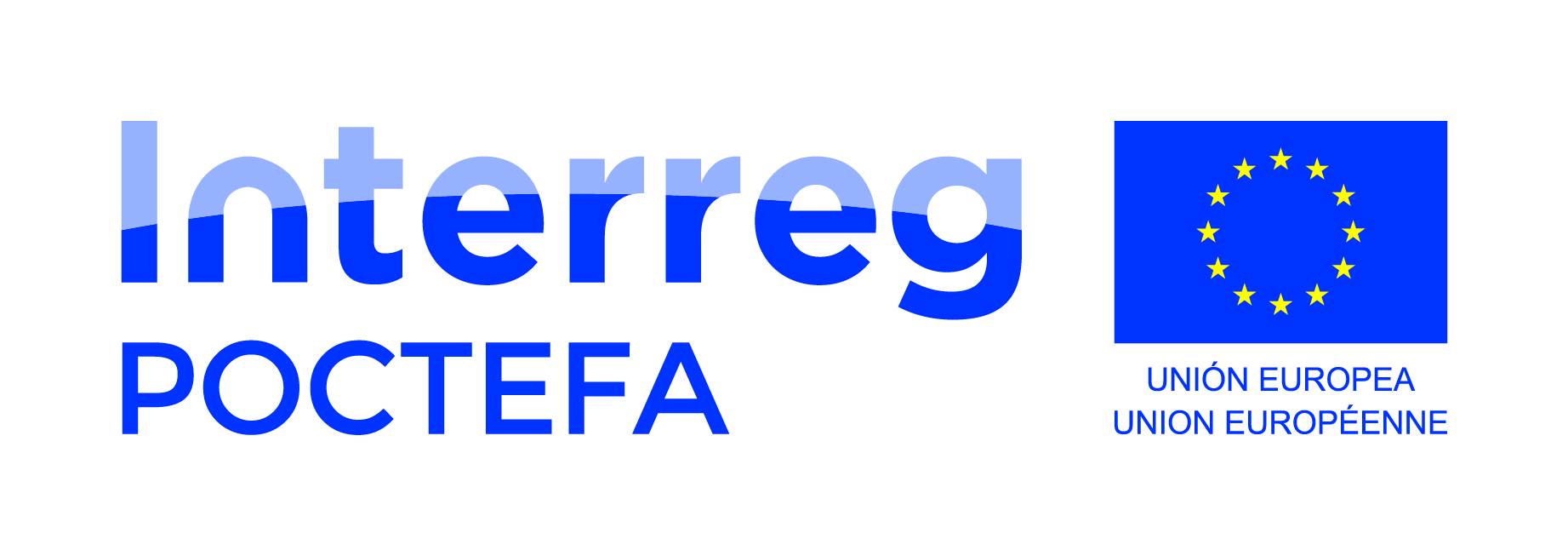
Within the framework of the design of Imaging Algorithm in the PIXIL project, we have obtained 3 main achievements during the project’s lifetime. The first one is based on Electromagnetic methods, the second one on the use of deep neural networks for seismic imaging and the third one on the analysis of surface waves for Full Waveform Inversion.
We focused a part of our efforts on the modeling of electromagnetic datasets based on the controlled-source electromagnetic method (CSEM) and the magnetotelluric method (MT). We have studied the potential of CSEM simulations for geothermal reservoir characterization. More concretely, we carried out several 3D land CSEM experiments in the Vallès basin (Spain) to study a surface-to-surface CSEM profile and different source-receiver configurations using steel-cased wells to improve the sensitivity and quality of EM measurements. Furthermore, we have developed a new high-order and parallel modeling routine for arbitrary 3D MT setups. This algorithm is based on and extends the PETGEM code, which was initially developed for 3D marine CSEM problems. To verify the robustness, accuracy, and computational efficiency of this new version code, we solve a set of reference models within the MT community.
The dissemination tasks have been diverse (scientific publications, workshop presentations, participation in conferences, among others) and we consider that their impact has been positive for the scientific community and companies interested in numerical simulation, electromagnetic modeling and its application in the field of geothermal energy and exploitation geophysics in general.
We have established multiple artificial intelligence (AI) methods for simulation and inversion of borehole resistivity measurements. In particular, we have developed deep neural networks (DNNs) aimed at solving the so-called inverse problem, i.e., to determine the subsurface properties from the recorded measurements. In addition, we have applied those DNNs also for the design of better borehole logging instruments, in a way that they incorporate an optimal number and type of properly placed sensors. We have also studied the effect of noise on those inversion algorithms and designed new ones that are more robust to noise. Last but not least, we have made significant progress towards the development of DNN algorithms for solving Partial Differential Equations (PDEs), which is a critical step in the inversion procedure.
All the above scientific developments have been disseminated via multiple scientific publications on top (Q1) journals, presentations at different venues and international congresses, talks and meetings with industry colleagues, and dissemination activities oriented towards the society at large.
Finally, we have conducted collaborative research and development with the industrial partner of the PIXIL project, RealTimeSeismic, on the topic of Full Waveform Inversion (FWI), with a particular focus on the surface waves which carry essential information of near-surfaces especially for shallow geothermal explorations. A good image of the near-surface can further help improve deep imaging.
Our collaboration within the PIXIL project follows three main axes: data exchange/analyses, FWI strategy establishment and acquisition parameterization design. We aim at building an FWI tool suitable for surface waves and ultimately applying it onto real data acquired by RealTimeSeismic in a near-surface seismic exploration. The core of the numerical tool is a Fortran HPC code, named HAWEN and developed by Florian Faucher in time-harmonic domain featuring the Hybridizable Discontinuous Galerkin method. We conducted a 2D synthetic case study in order to establish Multi-level Strategies for FWI on seismic data including surface waves. A trade-off between robustness and high-resolution is achievable by elaborating suitable strategies such as combining seismic tomography and FWI featuring frequency groups, regularization and filtering. Meanwhile, Bash and Python programs are created to assist HAWEN for user-friendly concerns as well as data pre/post-processing, for instance, automatization of executions, data processing and visualization.
We made joint efforts to construct, test and validate a new cost-function in the Frequency-Wavenumber (FK) domain following the suggestions of literatures tackling surface waves. Our preliminary results confirmed the major advantage of such a cost-function: the ``attraction basin'' is larger and smoother than in the Frequency-Space (FX) domain, which is a favorable condition for the convergence of the FWI result toward the best model. The FK domain is potentially the appropriate one in which the FWI featuring strong surface waves may work with both robustness and high-resolution. In terms of inversion strategy, we identified a promising strategy involving a periodic multi-level design, as shown in Figure 1: the FWI is run along cyclical frequencies and the number of iterations for each frequency level is reduced to avoid local overfitting. The total number of iterations depends on the number of periods. Figure 2 shows the S-wave velocity model yielded by this strategy. The result is free of major artefacts and the near-surface is well reconstructed.

Figure 1: cost evolution during a FWI featuring the periodic multi-level strategy. The cost converges after 8 cycles for a given frequency group.

Figure 2: S-wave velocity model from the previous FWI. The result shows few artefacts and approaches the reference model in the near-surface.



